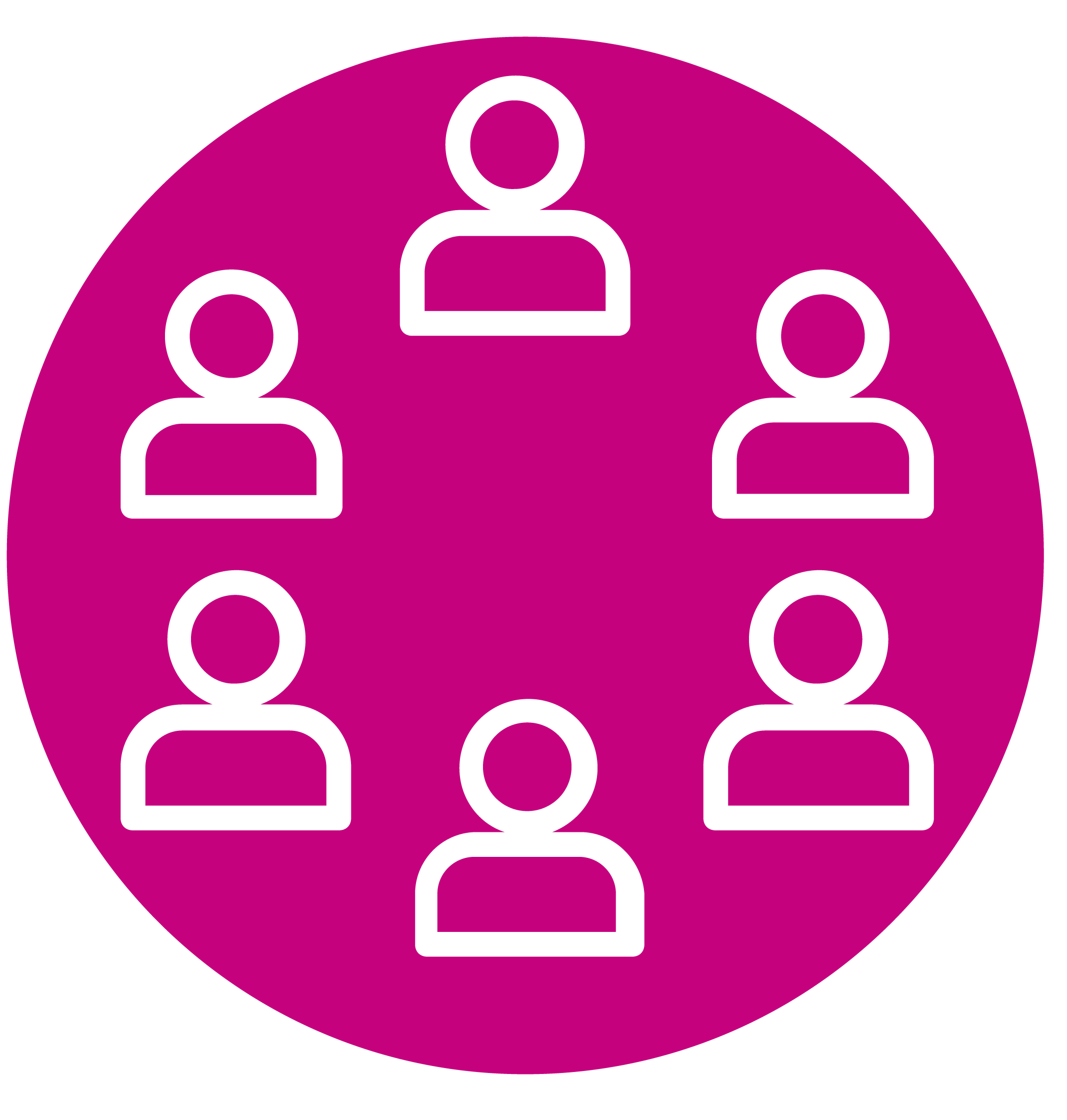Active Learning Classrooms
Designing & Organizing the Course (read full series)
What is it?
Active Learning Classrooms (ALCs) are increasingly prevalent and all models share a consistent emphasis on using flexible classroom design as a method for incorporating more active learning, often featuring tables, multiple writing surfaces, and enhanced technology. Additionally, because students may be unfamiliar with this more active space and the active learning activities it affords, it can be important to establish course policies that address issues like personal technology use and discussion.
Research
Research suggests (Walker, et al., 2008)1 that a balance between active learning and more traditional approaches (e.g., lecture) can be a sweet spot for those teaching in ALCs. Some suggest breaking up your lecture into smaller parts and using brief active learning activities to bookend each part (Smith, et al., 2005). Small and large group discussions can help students engage more actively with class content than a traditional lecture and can add to gains in understanding of course content (Smith et al., 2009).
Data
 of UCD students report that they often (or very often) contribute to class discussions.
of UCD students report that they often (or very often) contribute to class discussions. rate their interpersonal skills as Good, Very Good, or Excellent when they begin at UCD (UCUES, 2018).
rate their interpersonal skills as Good, Very Good, or Excellent when they begin at UCD (UCUES, 2018).
Teaching Strategies
-
Prepare for a course redesign by revisiting the course learning objectives, activities, and assessments, while also getting a sense of the space itself.
-
Prevent resistance and be transparent about partnering students in their learning. Routinely highlight the merits of active learning and the intention and relevance behind the pedagogical methods throughout the term.
-
Begin each class by writing the day’s objectives on the board or in your slide deck. Refer back to these objectives as you move between tasks during class.
-
Clarify why you have implemented your technology policy, how the technology will advance your teaching and their learning, how it will be enforced, and how it complies with ADA regulations.
-
Build structure into discussion (e.g., assign specific questions for students to discuss in groups and then turn in a summary or assign them to investigate and present different sides of a debate or issue to the rest of the class).
-
Use discussion strategies that require students to listen carefully. incorporating metacognitive activities that ask students to reflect on what they have learned.
Students say ...
- “I’ve had classes where instructors showed exam data and grades from previous classes and research on higher education as examples of how much students learned in an active learning environment. It motivated me to engage better in this new active learning process.”
- “In my ALC, constantly working in groups was different for me. I appreciated the professor and TAs circulating between groups, providing constant feedback, and guiding us when we got stuck.”
Reflection
- How might you manage the ALC space, policies, and class discussions?
- How can you reframe student resistance? For example, how might you use resistance as teachable moments to get them to consider how learning works by reflecting about their own goals?
- 1List of all references in the complete JITT Guide.






